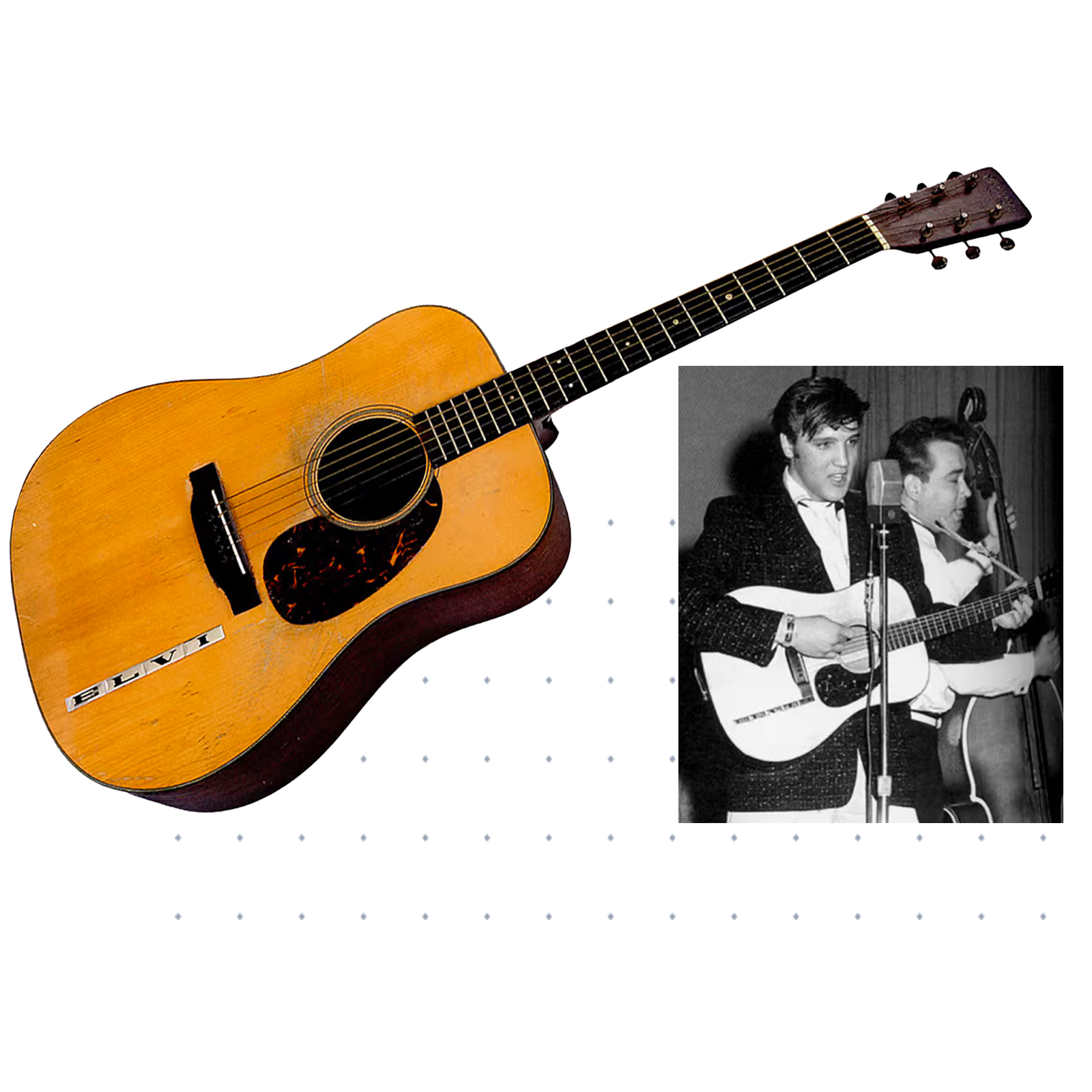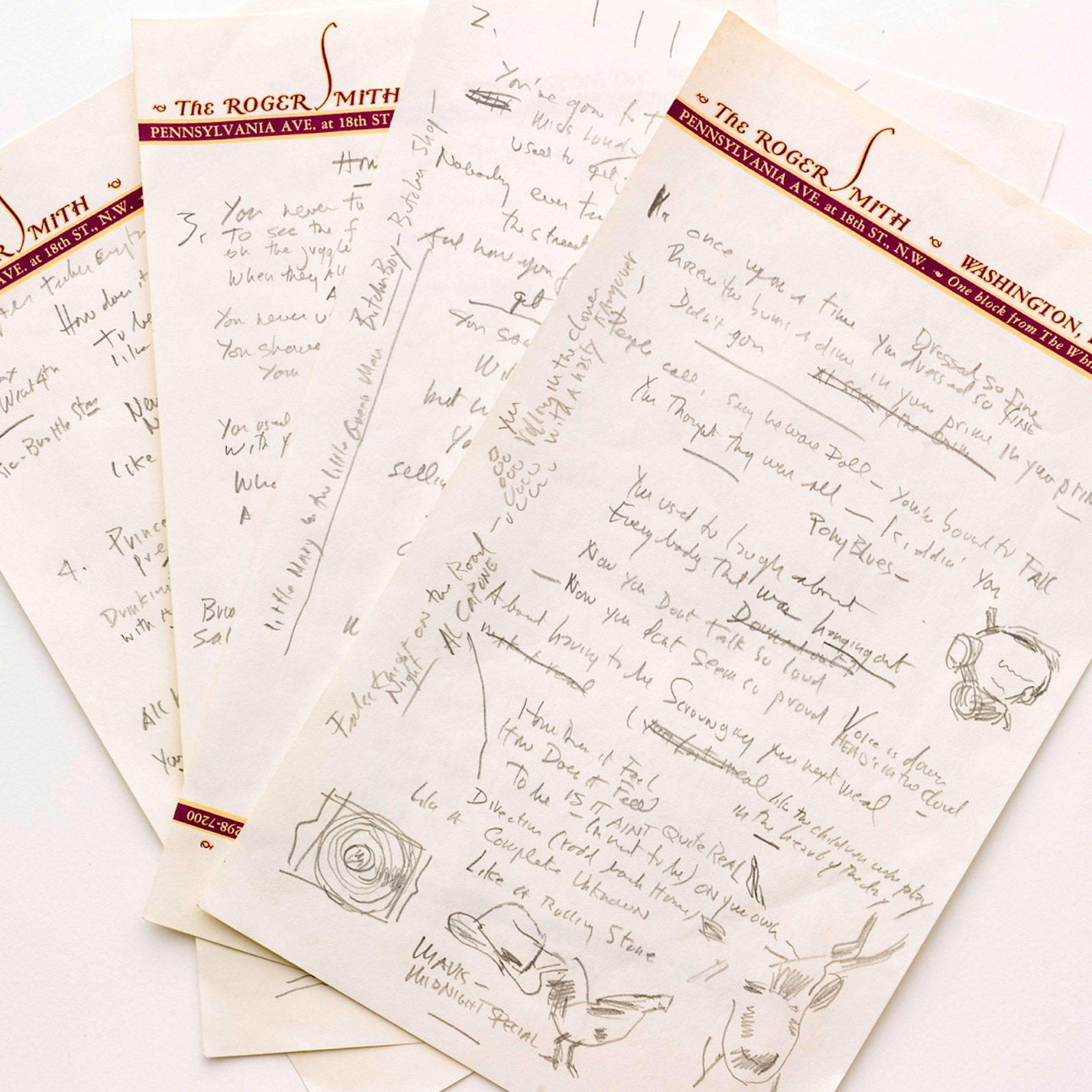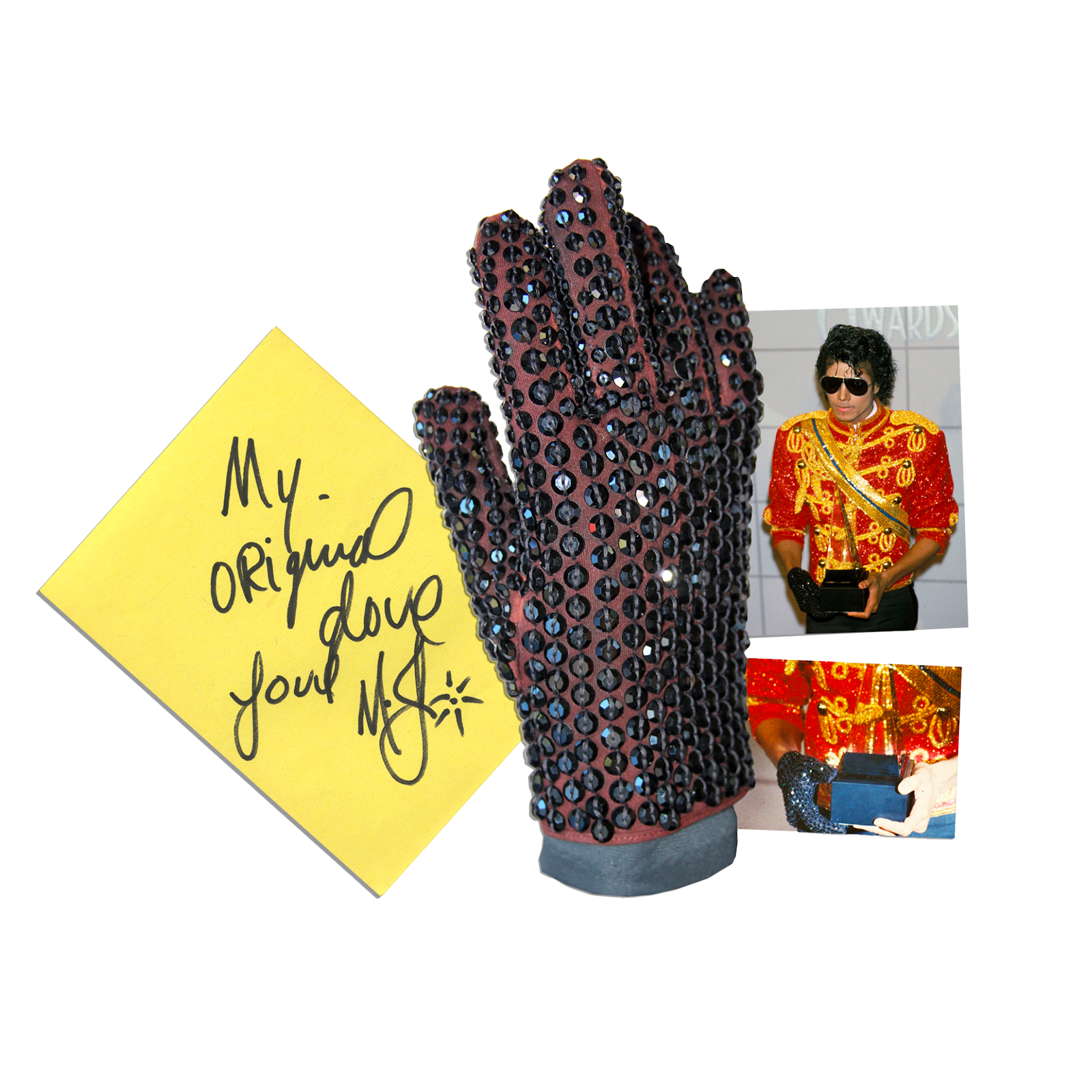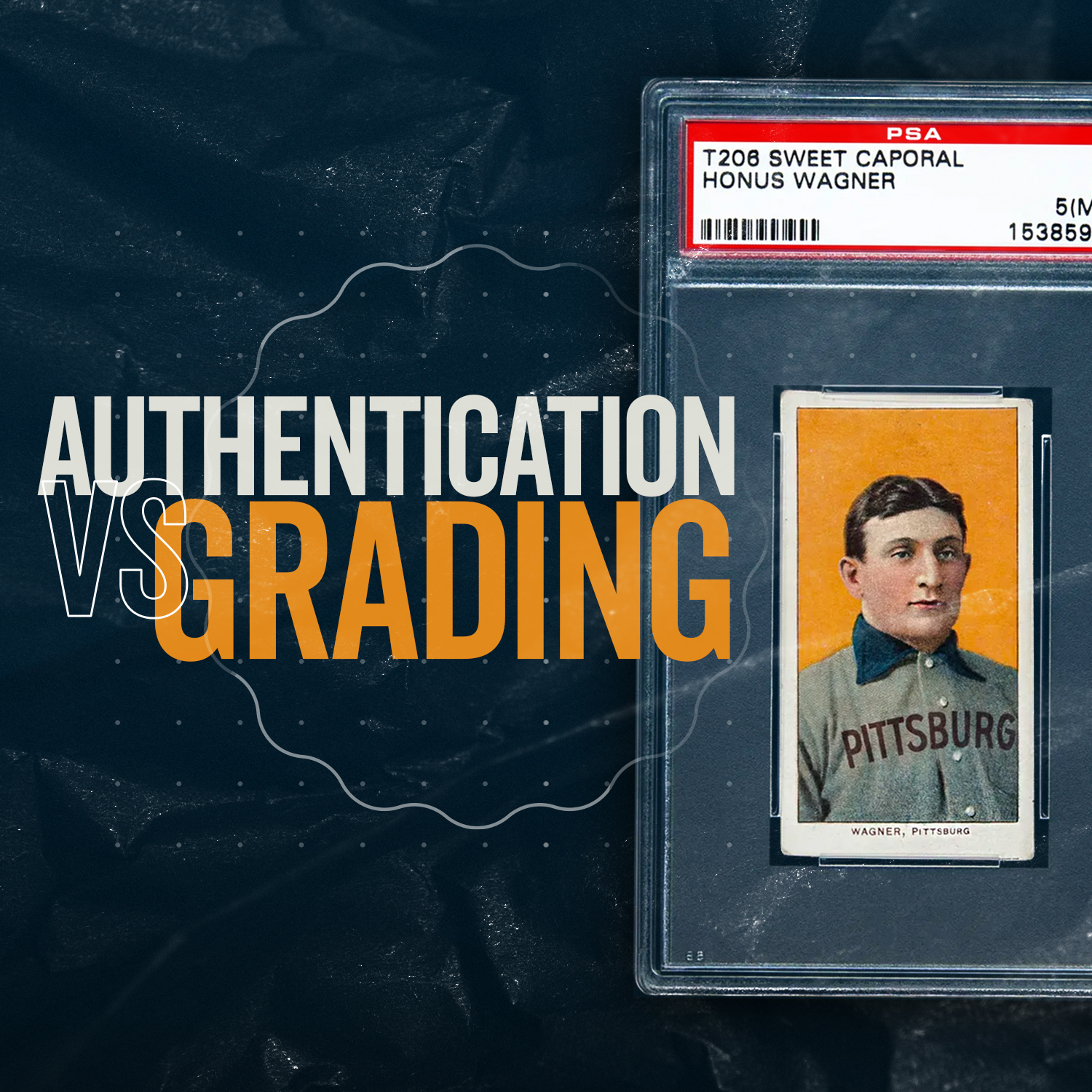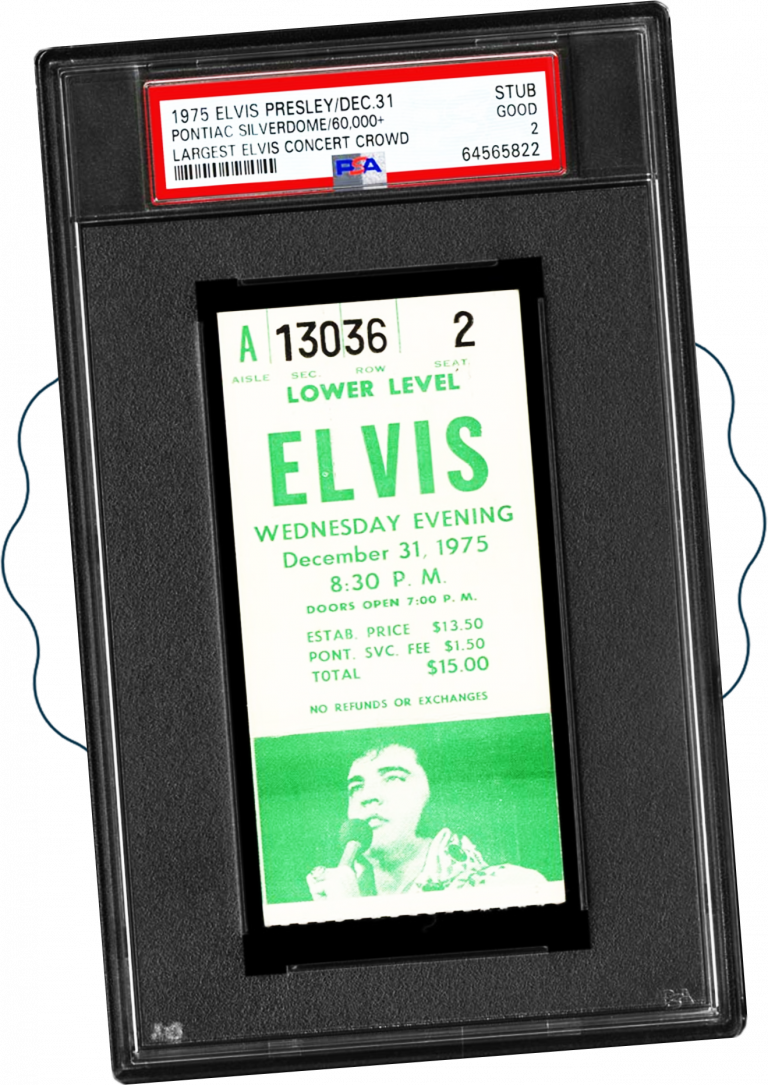
Fauxtography Foul Play: The Michael Jordan Jersey Scam Exposed

An intricate scheme involving the creation of a fictitious foundation under the name of a deceased photographer has cast doubt on the authenticity of a game-used Michael Jordan jersey according to senior sports business reporter Darren Rovell.
In this article published on August 31st, The Action Network has uncovered this elaborate deception, revealing a fraudulent attempt to inflate the value of the collectible through false authentication.
The Tony Ranze Foundation played a pivotal role in providing research materials used to authenticate the jersey. If legitimate, this authentication could have significantly boosted the jersey’s value, which was initially sold for nearly $27,000, potentially soaring to over a million dollars. However, it has come to light that the Tony Ranze Foundation is non-existent and was established by an individual unconnected to the Ranze family.

Following the sale of the Jordan jersey, which had been listed by Grey Flannel Auctions as game-used but lacked a photomatch to any specific game, an individual representing the new owner sought authentication from MeiGray, a leading authority on photomatching in the collectibles industry. Photomatching involves confirming the authenticity of a collectible by matching imperfections with archival videos or photos.

The representative claimed to possess never-before-seen photos from the Tony Ranze Foundation that purportedly proved the jersey’s connection to Games 3 and 4 of the 1996 Eastern Conference Finals. These photos were allegedly acquired directly from the Foundation. Relying solely on these provided photos, MeiGray authenticated the jersey, dating it to the 1996 Eastern Conference Finals—a potentially game-changing revelation as no Jordan playoff jersey from that season had previously entered the market, making this $27,000 collectible potentially worth exponentially more.
However, in light of the Action Network’s investigative findings, MeiGray has retracted its certificate of authenticity due to concerns about the photographs provided. They have initiated further research into these images and informed the buyer of the change.


